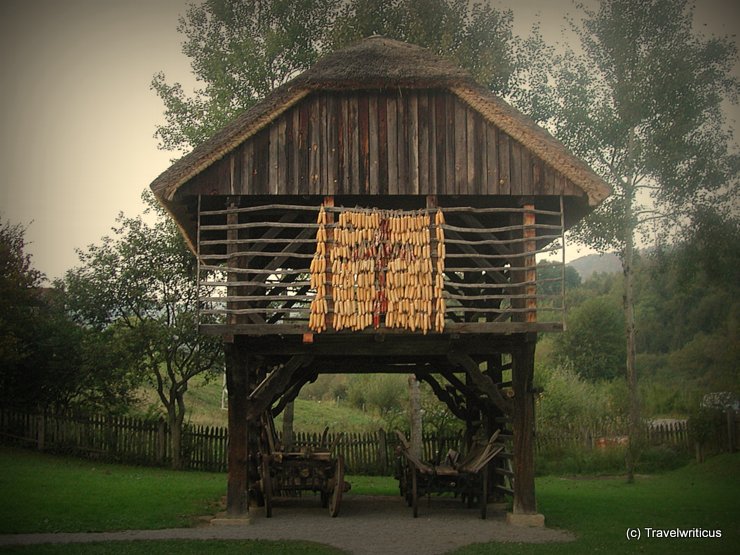
While travelling through Slovenia, I love to look for agricultural structures called Kozolec. These are traditional hayracks which are typical for this part of Europe. They are not only utilitarian but also known for artsy adornments.
You only see what you know (Goethe)

While travelling through Slovenia, I love to look for agricultural structures called Kozolec. These are traditional hayracks which are typical for this part of Europe. They are not only utilitarian but also known for artsy adornments.

At the classic car museum in Poysdorf (Oldtimerclub Poysdorf), I saw this Volkswagen Schwimmwagen. The amphibious four-wheel drive off-roader dates back to 1943. At that time, it served the German Wehrmacht.
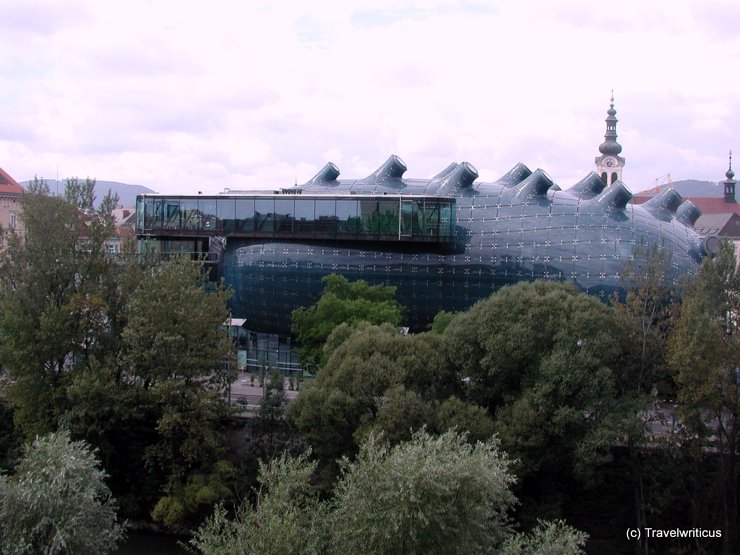
The Kunsthaus, dating back to 2003, shows exhibitions of contemporary art. Because of its architecture, it is generally known as the “Friendly Alien”. The form of an irregular bubble offers the possibility to enjoy bulky sculptures in an appropriate space. [German]
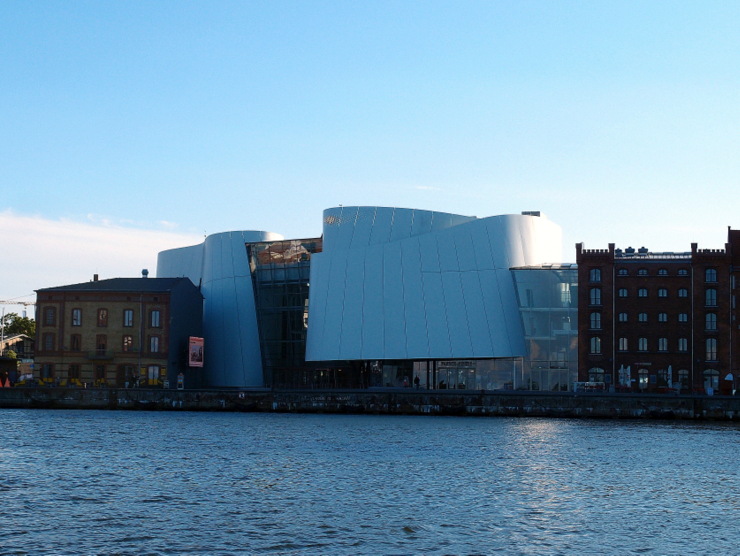
The Ozeanum is a public aquarium located in the historical harbour of Stralsund. It is part of the German Oceanographic Museum (Deutsches Meeresmuseum) and displays primarily sea life of the North Sea and the Baltic Sea.
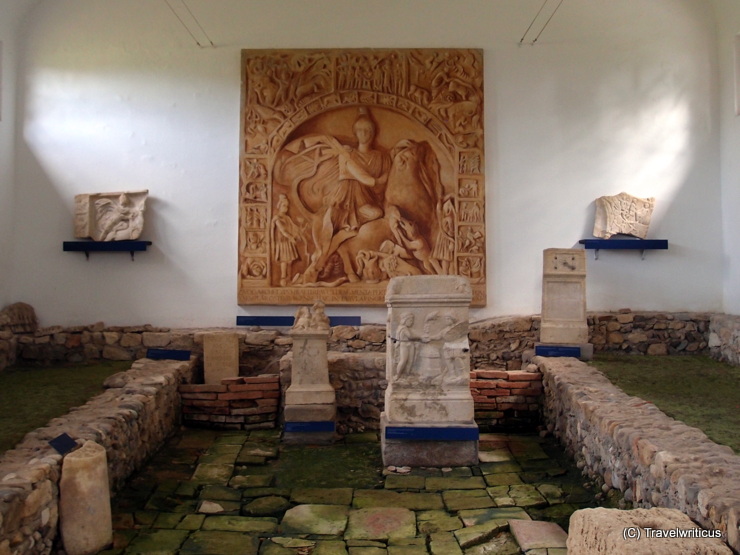
A protective building in the style of an ancient Roman sanctuary shelters the remains of the Mithras Shrine III in Ptuj. The shrine was erected in the sixties of the 3rd century by soldiers of the Legio XIII Gemina.
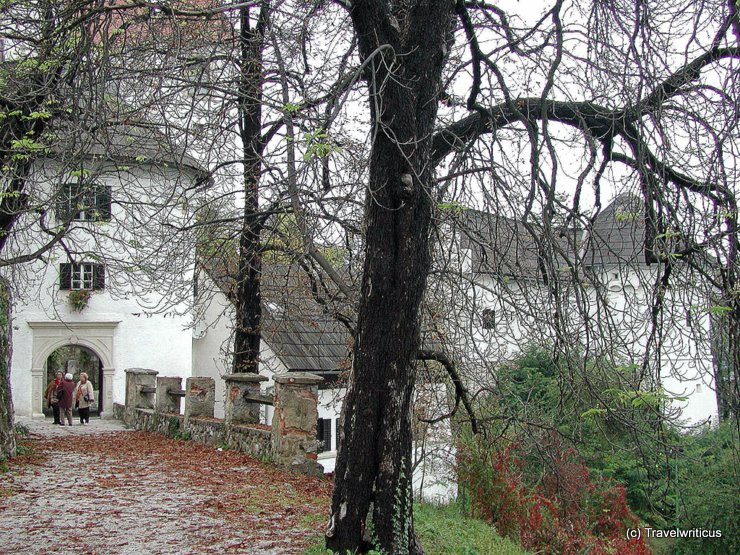
Velenje Castle (Velenjski grad) is a well-preserved castle high over the Slovenian city of Velenje. It offers an intriguing museum inside. For example, you see the reconstruction of an old grocery shop and the remains of two mastodons.
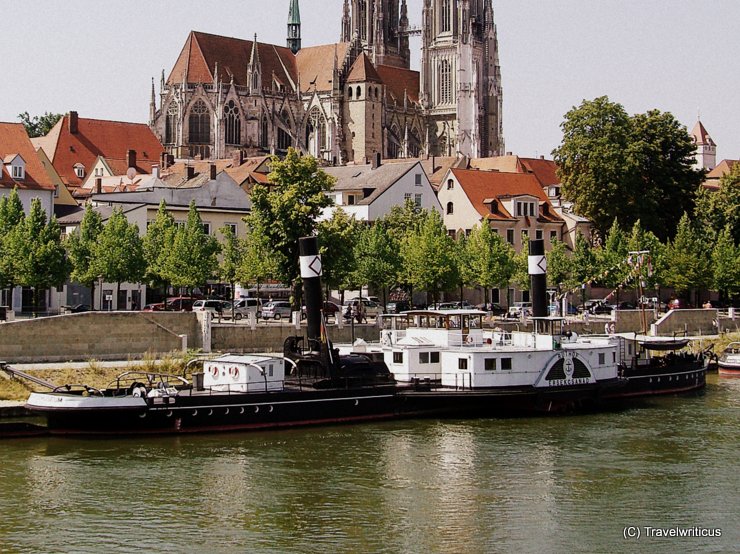
This steam tugboat saw its completion in 1922/23 at the shipyard Ruthof in Regensburg. Originally named Ruthof, it was renamed Érsekcsanád after World War II. Today it is part of the Danube Navigation Museum Regensburg.

The Museum of Slovenian Railways offers mighty steam locomotives as well as light auxiliary rail vehicles. Visitors find all these locos and carriages not only in an old shed but also on the attached free ground. It is s place with fascinating objects at every turn.

The Vorarlberg Museum in Bregenz offers some fascinating architectural details. The play of colours in the stairwell results from stairs made of oak and a handrail made of brass. [German]
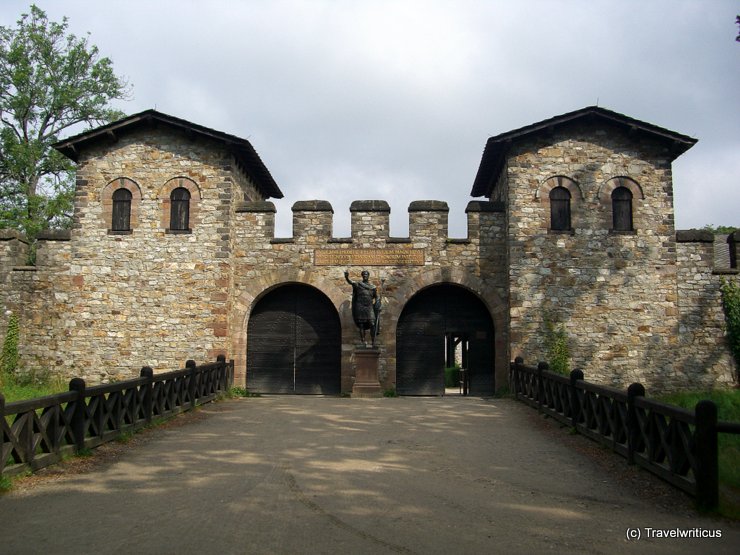
The Saalburg is a reconstructed Roman fort in Hesse. Inside its walls, a museum tells about the life of the soldiers along the border. The castellum was a part of the Upper Germanic-Rhaetian Limes. Today the remains of the Limes are enlisted as UNESCO World Heritage Site. [German]
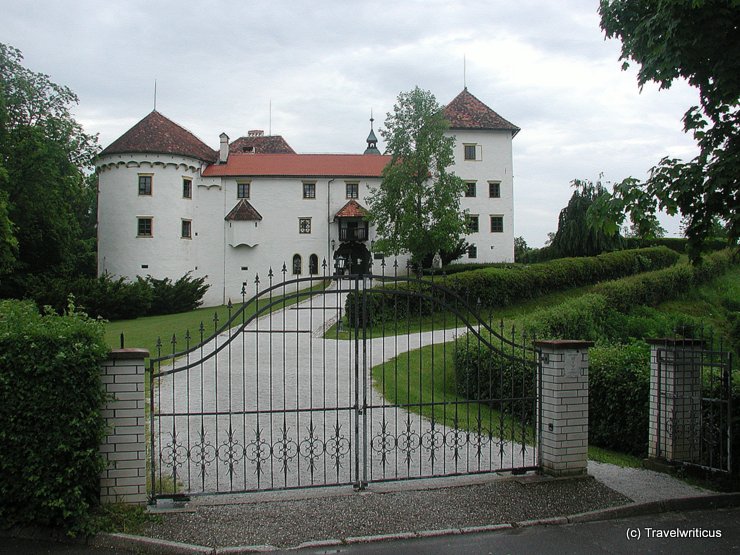
Bogenšperk Castle (Grad Bogenšperk) was the home of the natural historian and polymath Johann Weichard Valvasor (1641-1693). He became famous for publishing several books about topics like the Karst or the history of Carniola. [German]

While walking along the lapidarium of the City Museum in Villach (Stadtmuseum Villach), I came across this dog who obviously loved to be among all these ancient pieces. Many of them reminds us of the Roman settlement Santicum.